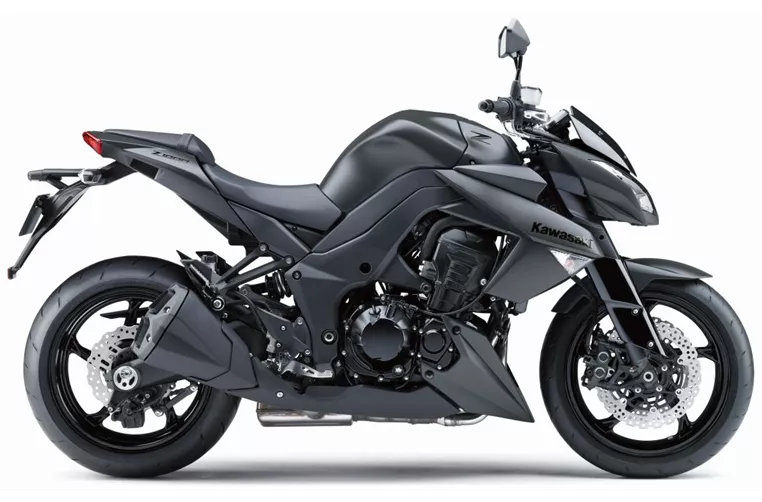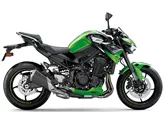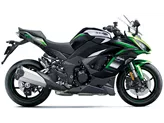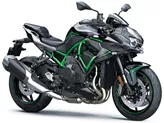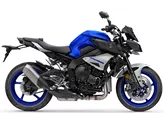Kawasaki Z1000 2013 vs. Kawasaki Z1000SX 2016
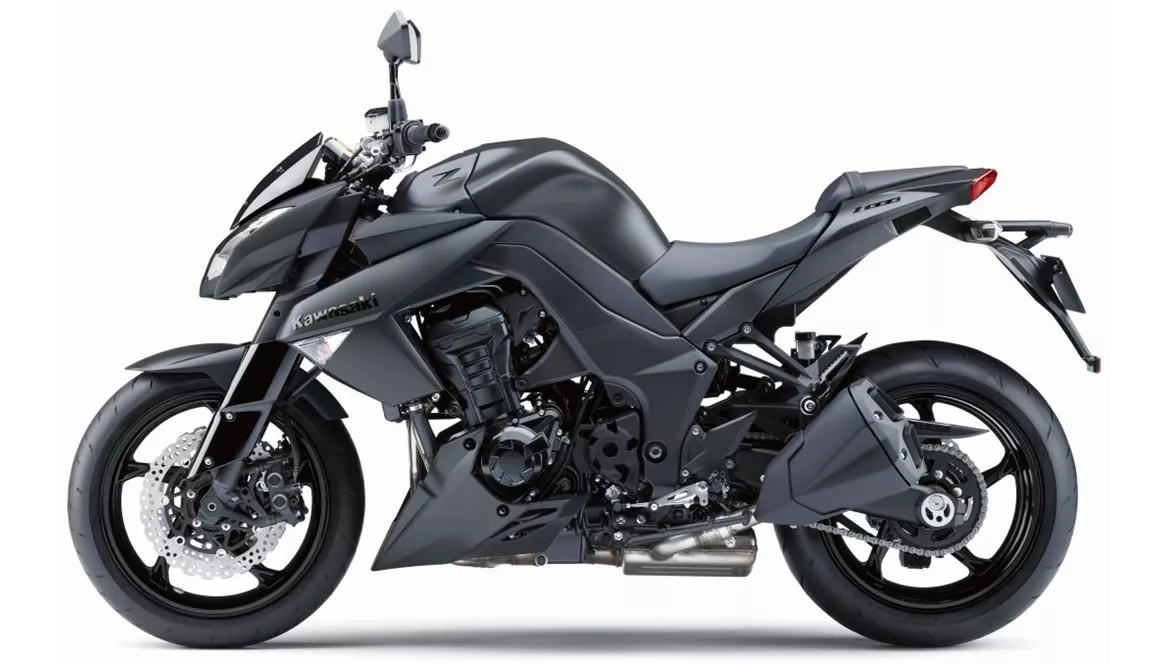
Kawasaki Z1000 2013

Kawasaki Z1000SX 2016
Overview - Kawasaki Z1000 2013 vs Kawasaki Z1000SX 2016
The Kawasaki Z1000 model year 2013 is a naked bike with a powerful engine producing 138 HP and 110 Nm of torque. It features a 1043cc in-line four-cylinder engine with a 4-stroke configuration and liquid cooling. The transmission is chain-driven, and it has a 4-piston double disk front brake system with radial technology. The front suspension is an upside-down telescopic fork with adjustable compression, preload, and rebound. The bike has a front tire width of 120mm and a diameter of 17 inches, while the rear tire has a width of 190mm and a diameter of 17 inches. The wheelbase is 1440mm, and the seat height is 815mm. The bike weighs 221kg and has a fuel tank capacity of 15 liters.
On the other hand, the Kawasaki Z1000SX model year 2016 is a sport touring motorcycle with a more powerful engine than its predecessor, producing 142 HP and 111 Nm of torque. It shares the same engine type, displacement, and cooling system as the Z1000. The transmission is also chain-driven, and it has a 4-piston double disk front brake system with radial technology and monoblock pistons. The front suspension is an upside-down telescopic fork with adjustable compression, preload, and rebound, similar to the Z1000. The front tire width, rear tire width, and wheelbase are the same as the Z1000, but the seat height is slightly higher at 822mm. The bike weighs 231kg and has a larger fuel tank capacity of 19 liters.

Kawasaki Z1000 2013
In terms of strengths, the Z1000 2013 is praised for its powerful engine, which provides a rich sound and unique design. On the other hand, the Z1000SX 2016 has a confident and powerful engine, along with a fairing suitable for touring and a sporty design. It also boasts good electronic features such as traction control and cornering ABS. Additionally, it offers a pleasantly comfortable riding experience and a well-integrated pannier system.
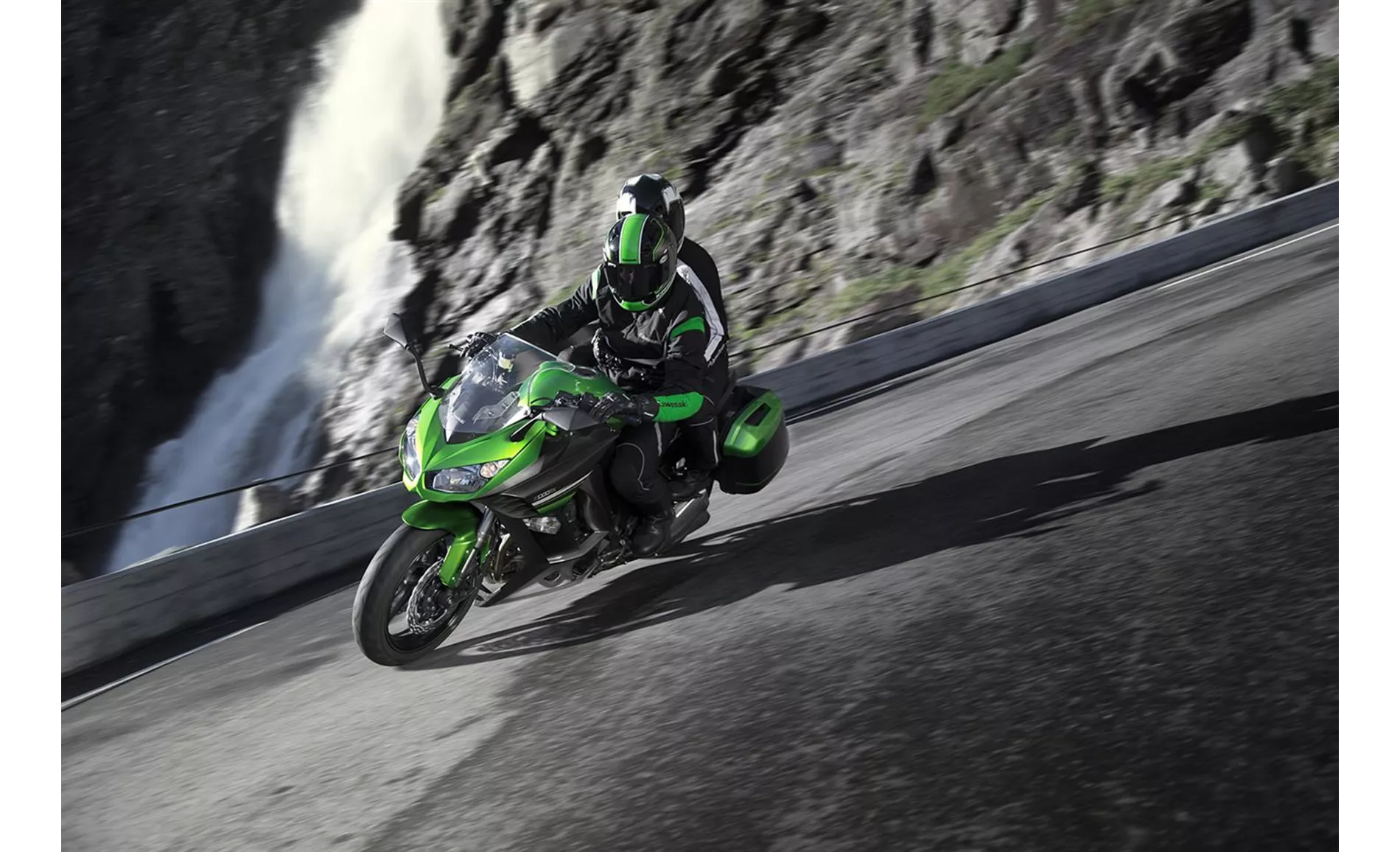
Kawasaki Z1000SX 2016
However, the Z1000 2013 has some weaknesses, including the lack of traction control and a somewhat nervous chassis. In contrast, the Z1000SX 2016 has been criticized for its somewhat stiff handling in tight curves and instruments that are not optimally backlit.
In summary, the Kawasaki Z1000 2013 and the Kawasaki Z1000SX 2016 share many similarities in terms of engine type, displacement, and suspension. However, the Z1000SX 2016 offers a more powerful engine, improved electronic features, and a more comfortable touring experience. It also has a larger fuel tank capacity and a well-integrated pannier system. On the other hand, the Z1000 2013 has a unique design and powerful engine, but lacks traction control and has a somewhat nervous chassis.
Technical Specifications Kawasaki Z1000 2013 compared to Kawasaki Z1000SX 2016
Pros and Cons in comparison
Pros and Cons in comparison
Kawasaki Z1000 2013

All in all, the new Z1000 is a successful further development of its predecessor. The lack of traction control is more of a marketing problem than a problem for end customers.
Kawasaki Z1000SX 2016
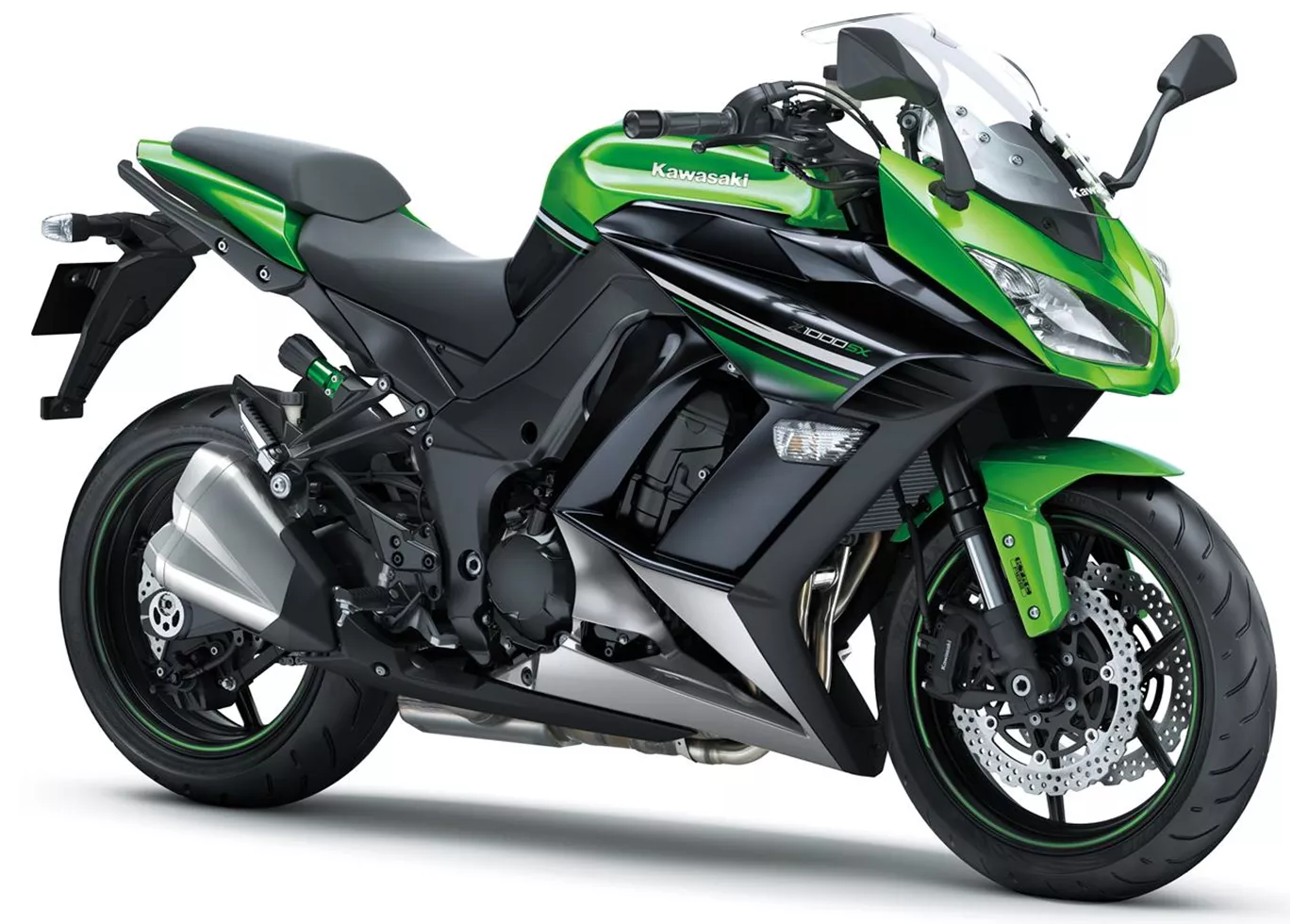
The current model of the Kawasaki Z1000SX is already a wonderfully balanced motorbike that scores points with its sporty charms as well as its comfort features and long-distance capability. However, the new 2017 model makes everything even better: refined wind protection, a more comfortable seat, better accessories and a host of electronic helpers that make riding safe and confident even in adverse conditions. Nothing had to be changed in the sporty character of the powerful engine, and the look with the LED headlights and the many edges is almost on the level of a super sports bike - all in all, an absolutely successful further development.
Price Comparison Avarage Market Price Kawasaki Z1000 vs Kawasaki Z1000SX
There are a few key differences between a Kawasaki Z1000 2013 and a Kawasaki Z1000SX 2016. In terms of price, the actual average price of a Kawasaki Z1000SX 2016 is about 10% higher. A Kawasaki Z1000 2013 experiences a loss of 740 GBP in one year and 740 GBP in two years of ownership. This is offset by a loss of 470 GBP and 380 GBP for a Kawasaki Z1000SX 2016. Compared to Kawasaki Z1000SX 2016 there are less Kawasaki Z1000 2013 bikes available on the 1000PS.de Marketplace, specifically 4 compared to 8. It takes less time to sell a Kawasaki Z1000 with 69 days compared to 96 days for a Kawasaki Z1000SX. Since model year 2005 1000PS.de editors have written 41 reviews for the Kawasaki Z1000 and 14 reviews for the Kawasaki Z1000SX since model year 2011. The first review for the Kawasaki Z1000 was published on 02/09/2002 and now has more than 5,800 views. This compares to more than 9,900 views for the first review on Kawasaki Z1000SX published on 05/10/2010.
